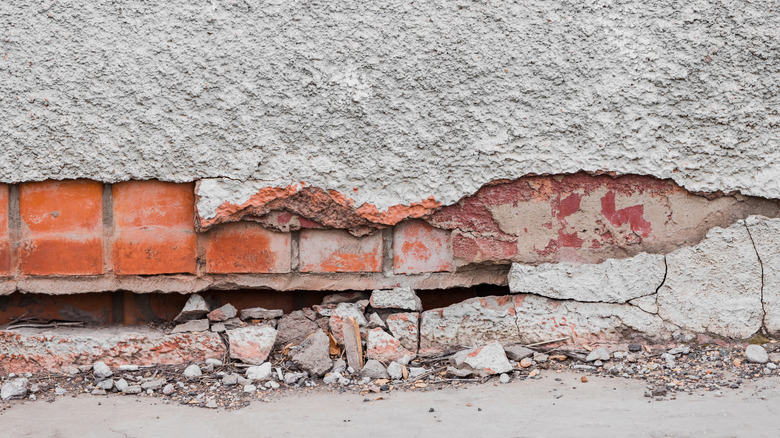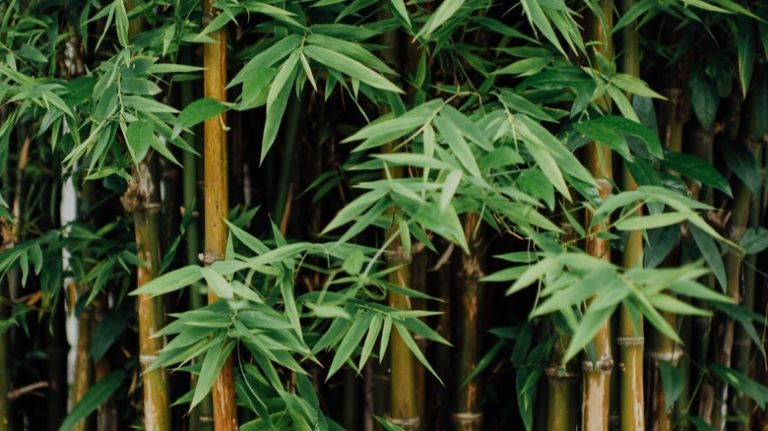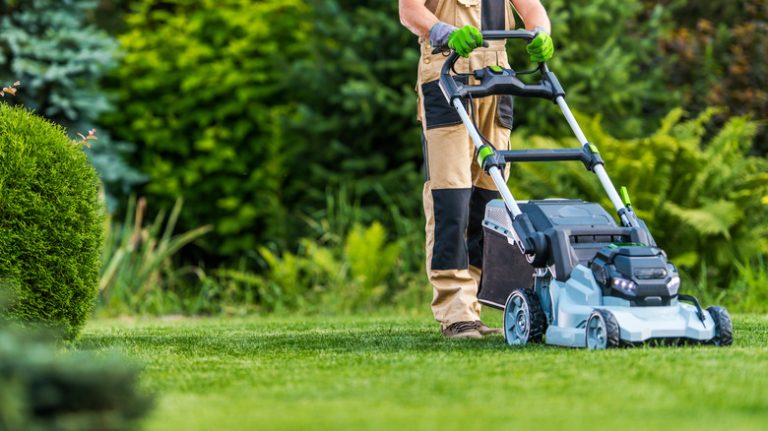Mature shade trees add value, beauty, and environmental benefits to your home, but in some situations, they can cause more harm than good. Deciding to have one taken down can be difficult, as professional removal is expensive. However, this is not a DIY project, as removing a large tree is a perilous task. Once the tree starts to fall, you lose all control of where it lands or how far its many branches will fly. Because this is such a difficult and pricey undertaking, you may struggle to decide if you should remove a shade tree from your yard or keep it where it is. If so, there are a few things to consider, including if it’s damaging your home and the potential dangers that come with keeping it upright.
Except in situations where trees are severely damaged by a natural disaster, you typically have time to collect quotes and save up some money to hire a professional. Once you have decided that it is time to remove a shade tree, get quotes from several services in your area and check reviews online. Ask for proof of insurance and licensing before hiring a removal service, and make sure they have the right equipment for a safe removal, especially if the tree is near your home or power lines. Further, by examining your landscaping yearly, you can avoid major problems. Here are some of the things to look out for when deciding whether a shade tree should be removed.
Foundation problems

When you plant a 6-foot tall oak, it’s hard to imagine that it can reach a height of 50 feet or more. If you plant it too close to your house, that little tree could cause extensive damage to the foundation. Since most large shade trees are relatively slow-growing, the person who planted it may not be the one who has to deal with it. If you have purchased a home with one or more trees planted too close to your house’s foundation, you may have to make the difficult decision to have them removed.
Large shade trees should be at least 20 feet or more from your home. This is because many species can cause foundation damage through their roots. Oaks are particularly damaging to foundations, causing over 10% of all damage when they are planted too close to a house. Poplars, ash trees, and maples are just a few of the many other types that have roots that can severely damage the foundation of your home. If you have a large shade tree planted closer than 20 feet away from your house, it needs to be removed to preserve your home’s value.
Damage to roofing
Not only can the roots of large shade trees do extensive damage to the foundation of your house, but so can any branches that touch your roof. There are a few situations in which having the canopy reach over your house can cause problems. First, if those branches are low enough, wind can cause them to slowly scrape away your shingle roof. You may not even know there’s a problem until you notice water damage on your ceiling. At this point, you have a very expensive problem — not only do you have to pay to repair your ceiling and roof, but you still have to deal with the tree.
Even if you keep your tree trimmed so the branches cannot touch your roof, a major storm could cause a large branch to fall on your home. This could puncture your roof and, again, you would have to pay for major repairs. If you are fortunate enough to avoid this type of damage, fallen leaves left on your roof can cause algae and mold to grow, which is not only unsightly but can lead to rot. Therefore, if your shade tree is touching or branching over your home, it should also be removed to protect your roof.
Dangers of a dead tree
David Mcnew/Getty Images
Dead trees on your property are a danger to your home as well as anyone who goes near them. If you have a completely dead tree, you should have it removed as quickly as possible. Because the wood is dried out, it’s particularly prone to breaking, especially during high winds or storms. However, it does not have to be a bad weather day to cause a large branch to fall, as dead trees are always a safety hazard no matter what the weather is like.
If the dead tree on your property is close to your home, you are faced with multiple dangers. A major concern is that when a tree dies, the roots also die as well, and the roots are what keep it from falling over when alive. If it falls on your home, it can cause catastrophic damage. Even worse, if it falls on your neighbor’s car or property, you will likely be responsible for paying for that damage, and it could be extremely expensive.
Diseased trees
Barmixmaster/Getty Images
To avoid the major concerns that come along with having a dead tree on your property, you should deal with diseased ones when you notice there is a problem. There are many early signs of infection, but you may want to contact an arborist before completely removing a mature shade tree. Look for cracks in the bark, leaves that are discolored or misshapen, and wood that easily crumbles. These are all concerns that should be addressed by an arborist. When you are getting quotes from reputable services, they may be able to help you identify whether these problems require full removal or can be treated.
When you are considering having a tree removed, look for dead branches at the very top, or at the crown. These are referred to as widow-makers because they can fall at any time and hurt anyone or anything below. If the rest of the tree is healthy, you may be able to have a service remove those damaged branches. However, if more than 50% of the tree is dead, it should be completely removed.
Rotting at the base of a tree
Aniszewski/Getty Images
You may have a tree that looks healthy with full foliage, but there could be small signs that it is starting to rot from within. If you notice fungi growing at the base of the trunk, those cute little mushrooms may be a sign of decay. Internal rotting, also known as root rot or butt rot, starts with a wound to the base. This could be caused by weed eaters, heavy equipment, digging, or anything that causes a puncture. That open wound makes the tree susceptible to pathogens and fungal issues.
As the disease starts to spread, the tree will show more signs of rot, like dying branches and rotting spots near the base. Since a healthy trunk is vital to keeping a tree upright, it should be removed before the problem becomes too advanced and it falls on its own. As we’ve established, a falling shade tree is never good, so protect your home and family by getting rid of one that’s diseased before it causes any harm.


